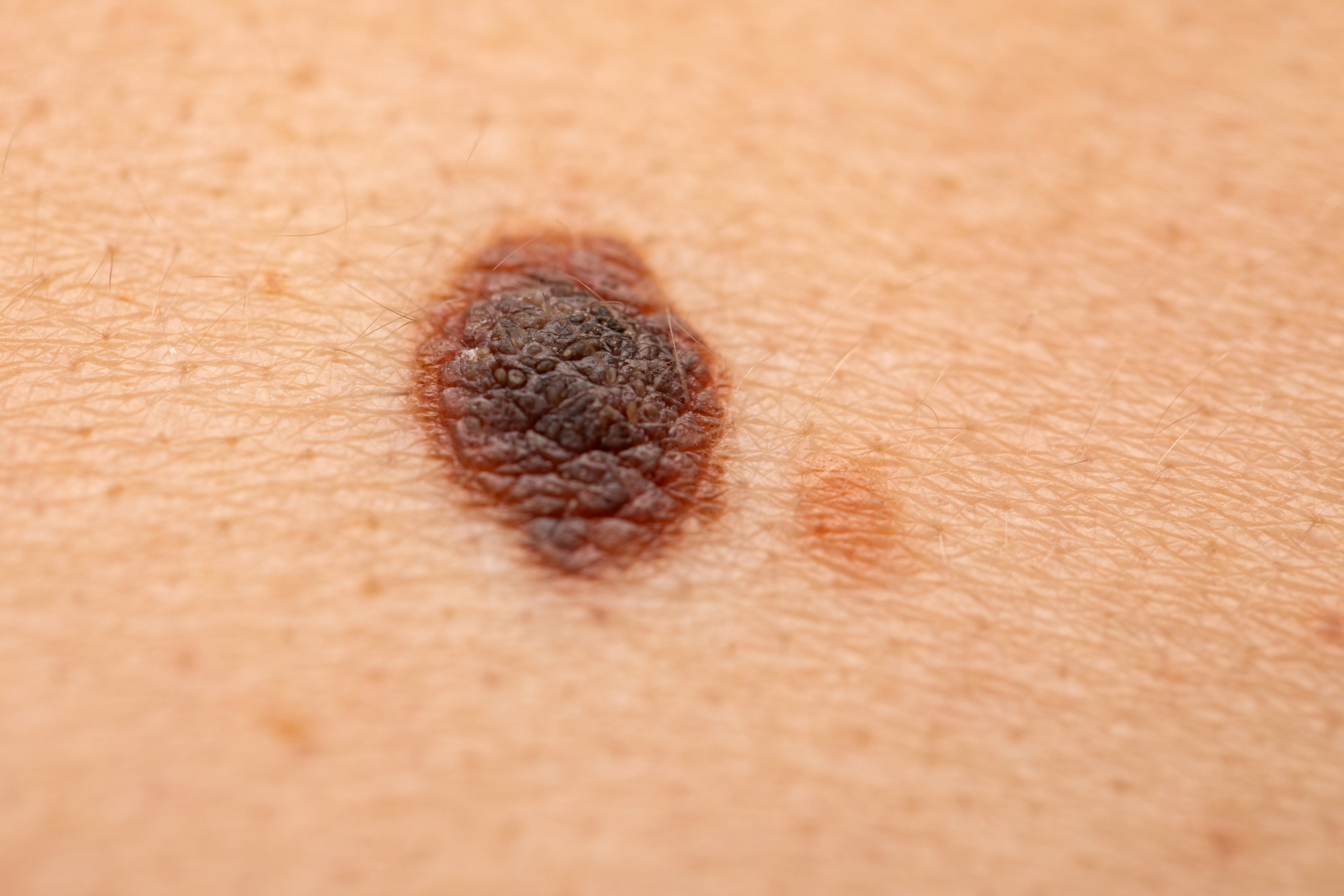Age Spots vs. Melanoma: How to Tell the Difference

As we age, it's common to notice changes in our skin. One such change that often causes concern is the appearance of dark spots or patches. While many of these spots are harmless age spots, it's important to be able to distinguish them from potentially dangerous skin cancer, such as melanoma. Understanding the differences between age spots and melanoma can help you take the necessary steps to protect your skin and overall health.
Fall Creek Skin and Health Clinic is dedicated to helping patients of all ages navigate skin-related issues, including identifying and addressing age spots and melanoma. Our team of experts is here to provide you with the knowledge and guidance needed to maintain healthy skin and prevent serious conditions like melanoma. Let's delve into the distinctions between age spots and melanoma and how to differentiate between the two.
Age Spots:
Age spots, also known as liver spots or sunspots, are flat, tan, brown, or black spots that typically appear on areas of the skin exposed to the sun, such as the face, hands, shoulders, and arms. These spots are usually harmless and are a result of prolonged sun exposure over the years. Age spots are more common in older adults, hence the name, but they can also develop in younger individuals with frequent sun exposure.
Characteristics of Age Spots:
1. Flat and generally uniform in color.
2. Small in size and appear in clusters.
3. Typically painless and do not change in shape or size.
4. Do not bleed or itch.
Treatment for Age Spots:
While age spots are benign, many individuals seek treatment for cosmetic reasons. Options for addressing age spots include topical creams, laser therapy, chemical peels, and cryotherapy. Fall Creek Skin and Health Clinic offers various treatments to help minimize the appearance of age spots and achieve smoother, more even-toned skin.
Melanoma:
Melanoma is a type of skin cancer that develops in the cells that produce melanin, the pigment responsible for skin color. Unlike age spots, melanoma is a potentially life-threatening condition that can spread to other parts of the body if not diagnosed and treated early. Melanoma can occur anywhere on the body, including areas that are not exposed to the sun.
Signs of Melanoma:
1. Irregular borders or edges.
2. Variation in color, with shades of brown, black, blue, or red.
3. Asymmetrical shape, where one half does not match the other.
4. Evolving size, shape, or color over time.
5. Itching, bleeding, or crusting.
Differentiating Between Age Spots and Melanoma:
It's essential to monitor any new or changing spots on your skin and seek medical evaluation if you notice concerning features. A simple ABCDE guide can help you distinguish between age spots and potentially dangerous moles. Check for Asymmetry, irregular Borders, uneven Color, a large Diameter, and any Evolution or changes in a spot over time. If you observe any of these signs, schedule a skin check with a dermatologist promptly.
At Fall Creek Skin and Health Clinic, our dermatology specialists offer comprehensive skin screenings, mole evaluations, and skin cancer treatments to safeguard your skin health. Early detection and intervention are critical in combatting melanoma and increasing the chances of successful treatment and recovery.
In conclusion, while age spots are common and usually harmless, it's vital to be vigilant about changes in your skin and seek professional evaluation if you have any concerns about new or evolving spots. Understanding the disparities between age spots and melanoma empowers you to take proactive steps in protecting your skin and overall well-being. Remember, prevention and early detection are key in maintaining healthy skin for years to come. Partner with Fall Creek Skin and Health Clinic for expert care and guidance on all your skin-related concerns.




